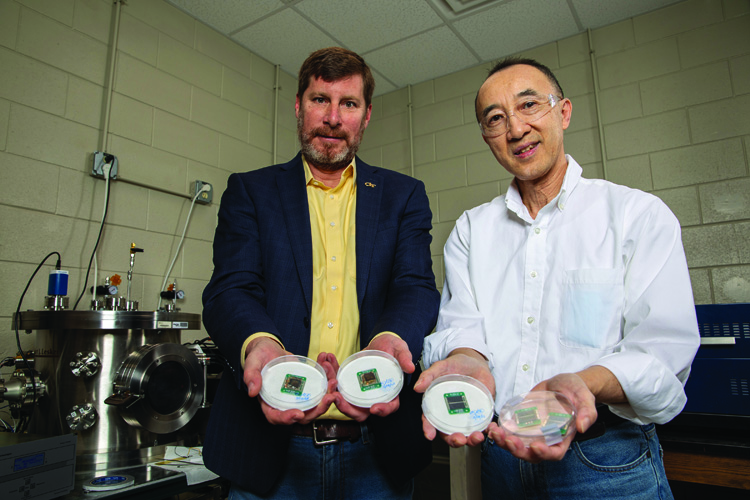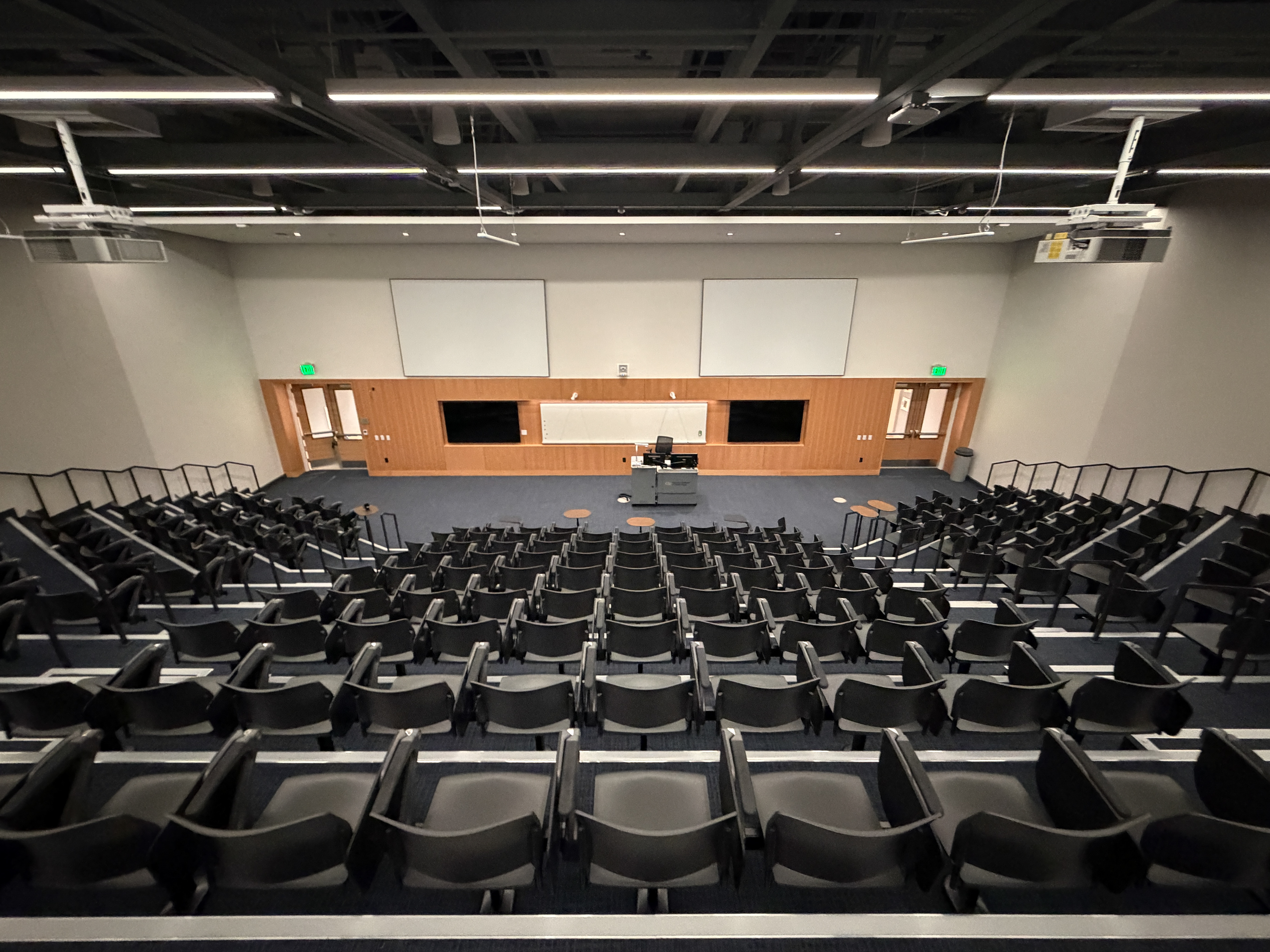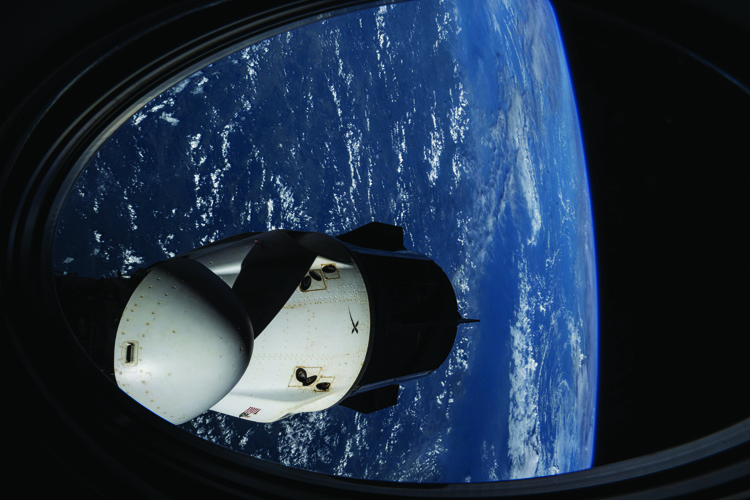Tech's New Space Research Institute Is a Hub for Space-Related Activities at Tech
By: Jennifer Herseim | Categories: Featured Stories

Every time you use GPS, visit an ATM, or swipe a credit card, you’re using space technology. “Most people don’t realize the technology they use almost every minute of their lives has some connection to space,” says Triple Jacket Jud Ready.
Ready, MatE 94, MS MetE 97, PhD MSE 00, has a special appreciation for space-related innovations as a principal research engineer on the research faculty of the Georgia Tech Research Institute and the inaugural director of Tech’s Space Research Institute (SRI), which launched this summer. SRI is an interdisciplinary hub for all things space-related, and Ready plans to bring Tech to new heights, literally.
“I want Georgia Tech to be the first university to put a student in space,” Ready says. “Not just as a tourist, but as an actual spaceflight ‘participant’ conducting research, STEM outreach, or writing an article for the Technique.”
It’s not such a far-out idea considering Tech’s achievements. Georgia Tech is the only higher ed institution to own and operate its own interplanetary spacecraft, the Lunar Flashlight. It’s one of four universities in NASA’s Deep Space Network. And, oh yeah, Tech has produced 14 astronauts.
SRI will bring faculty, staff, and students together across a range of disciplines who share a common interest in space exploration and discovery. Some of these groups include the Center for Relativistic Astrophysics, Hypersonics@GT, Astrobiology, and the Center for Space Policy and International Relations.
The new institute will also build on Tech’s rich history of providing students with hands-on learning opportunities.
While a student at Tech, Ready remembers having the opportunity to work with Professor Stuart Stock, a diffraction expert, on a project studying gallium arsenide crystals from the space shuttle. “This was 1994 and for a kid who wanted to be an astronaut, to now be literally touching something that had been in outer space and analyzing it, that was pretty cool,” he says.
Today, Tech researchers are studying materials that are critical for missions to the Moon and to Mars. This past April, they launched the first of two satellites with the goal of improving research into space domain awareness. The satellites that comprise the OrCa2 mission, led by Brian Gunter of the Space Systems Design Laboratory, have special reflective panels that allow ground and space-based telescopes to observe and track them, which can improve general tracking capabilities for orbiting objects. The second satellite is set to launch later this fall. Tech researchers will also loft more than a dozen solar cells using different GT-grown photoabsorbers for exposure on the Multi-purpose International Space Station Experiment (MISSE-21). Next year, Tech will send more than two dozen materials samples for space-weathering experiments on MISSE-22, and they’ll send commercially manufactured perovskite-based solar cells to the Moon through a partnership with Qcells, a global solar cell producer with facilities in Georgia. On the curriculum side, the College of Sciences launched a major and minor in Astrophysics and a minor in Astrobiology.
“For thousands of years we’ve been looking to the sky above to try and understand the complexity of what is outside of our world,” Ready says. “There are literally an infinite amount of mysteries to be solved in space, and Georgia Tech wants to tackle those challenges and move beyond Earth.”
Top Photo: Jud Ready (left), principal research engineer at the Georgia Tech Research Institute (GTRI) and Executive Director of Georgia Tech's Space Research Institute, and Senior Research Engineer Hunter Chan, hold samples to be tested in space. Photo Credit: Sean McNeil, GTRI.
Under the Stars Join Jud Ready and the Alumni Association at the Seven Bridges Plaza this Homecoming, Oct. 23, at 7 p.m. for a curated stargazing event.


